10 Album Covers That Rocked Children of the '80s
The Replacements, Madonna, The Who and more
As a child of the ’80s, album covers meant the world to me. Whether it was a cassette or a CD, the artwork was often how I decided what to bring home. It was like judging a book by its cover. I fell for Warhol’s iconic banana. I locked eyes with the little boy staring back at me on U2’s War. These covers didn’t just sit on a shelf; they lined my walls, serving as precursors to the music videos that would later define an era. And although it’s hard to not judge these covers by the music on some level, I will try to make it about the album art and why it meant something to me.
The Rolling Stones
Exile on Main St. (1972)
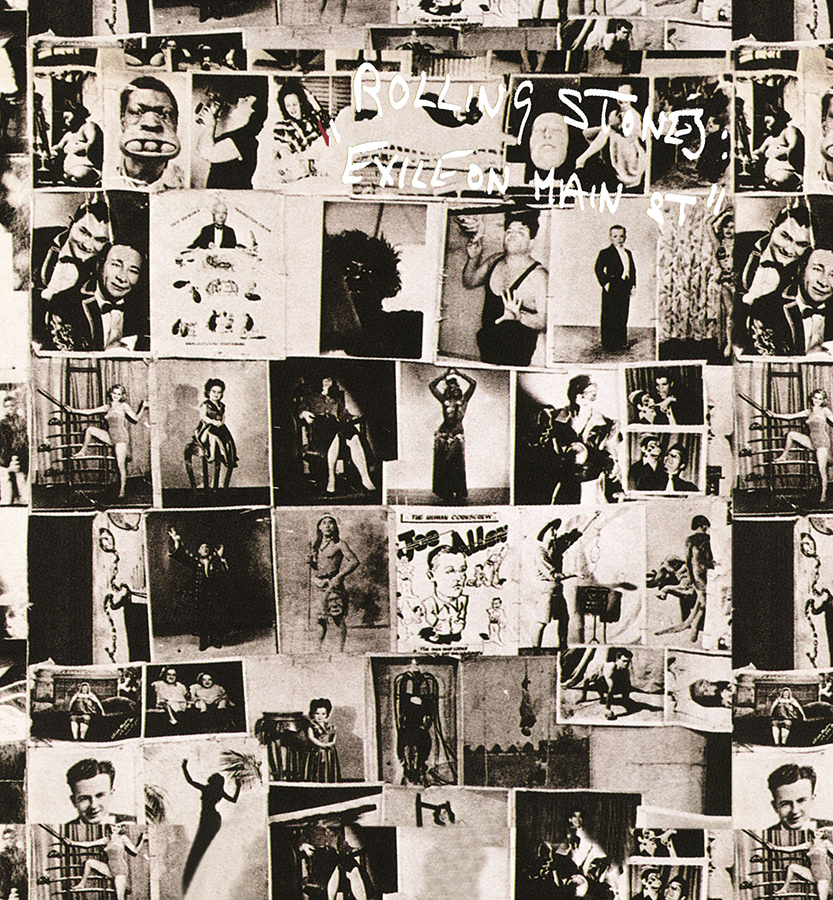
My older brother never stopped playing this record, and I found myself lost in the world Robert Frank created for its cover. A collage of circus performers, sideshow acts and misfits—all pasted together in black and white. It wasn’t glamorous; it was gritty. And maybe that’s why the Stones always felt a little more dangerous, and a little cooler, than the lovely lads from Liverpool.
U2
War (1983)
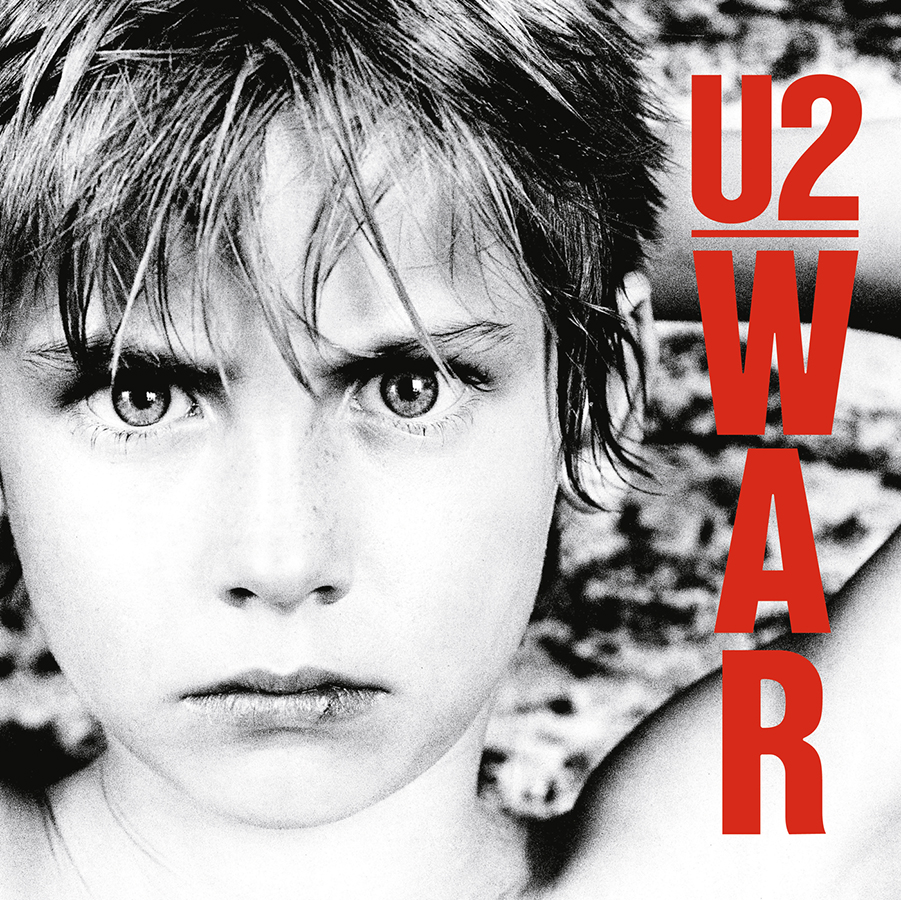
That little boy on the cover—haunting, defiant, staring straight through me. The stark portrait, framed by red letters, felt like a warning and a promise all at once. It wasn’t just an album cover—it was a declaration. Urgent and unforgettable, just like the music inside.
The Who
Who’s Next (1971)
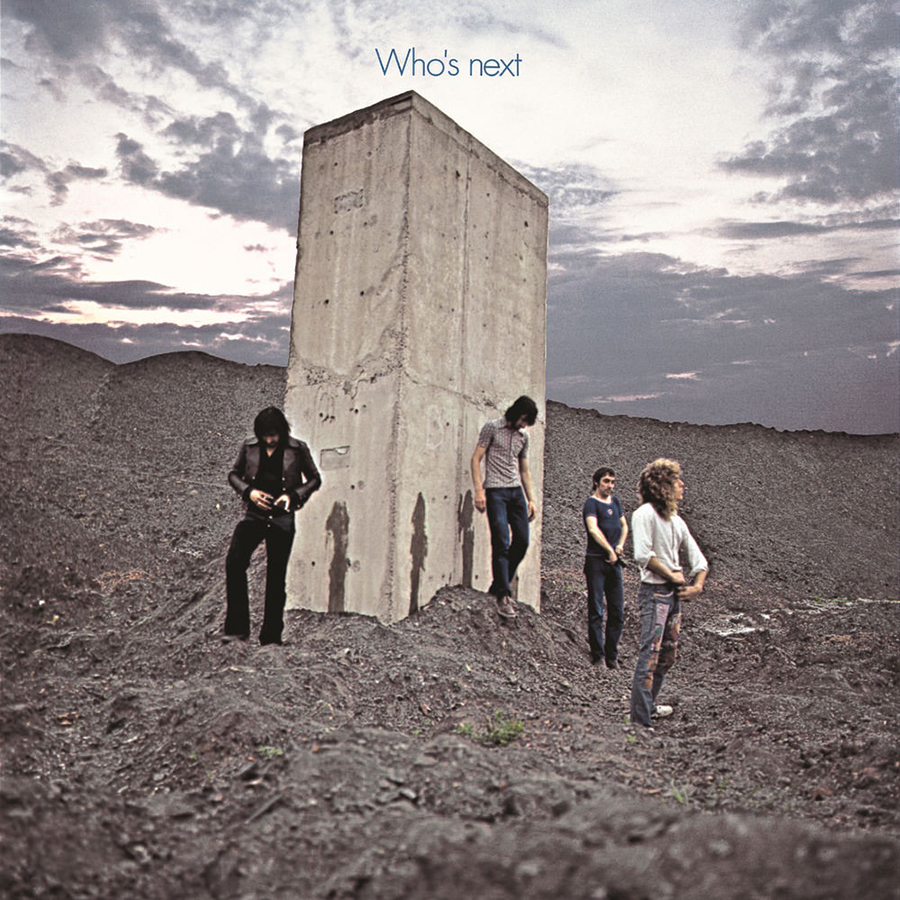
It doesn’t get more rebellious than this. The band lined up near a concrete monolith, zippers down, like they’d just left their mark on the world. The sky glows with post-storm drama, the image is as defiant as the music inside. It’s all attitude.
Talking Heads
Speaking in Tongues (1983)
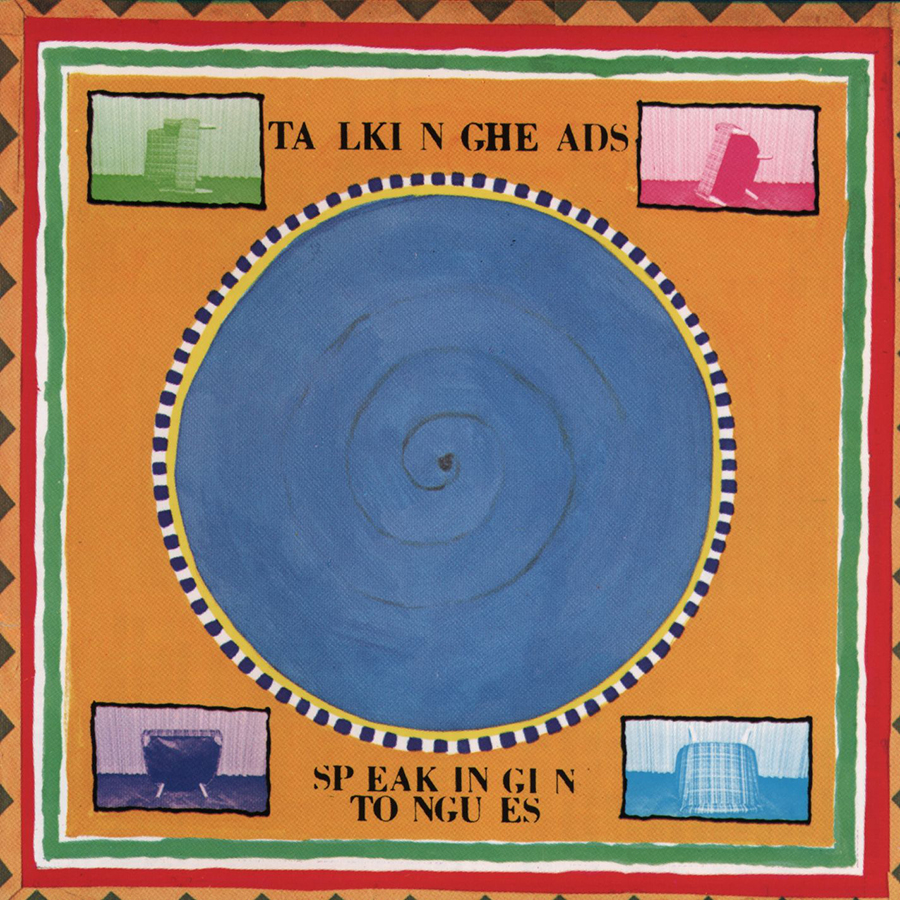
The art school RISD vibe is all over this one. The cover feels handmade and nerdy, with missing words and mixed media scattered across the frame, like a project you’d see in a freshman painting class. I’d hang this on my wall as art if it weren’t already an album.
Kanye West
My Beautiful Dark Twisted Fantasy (2010)
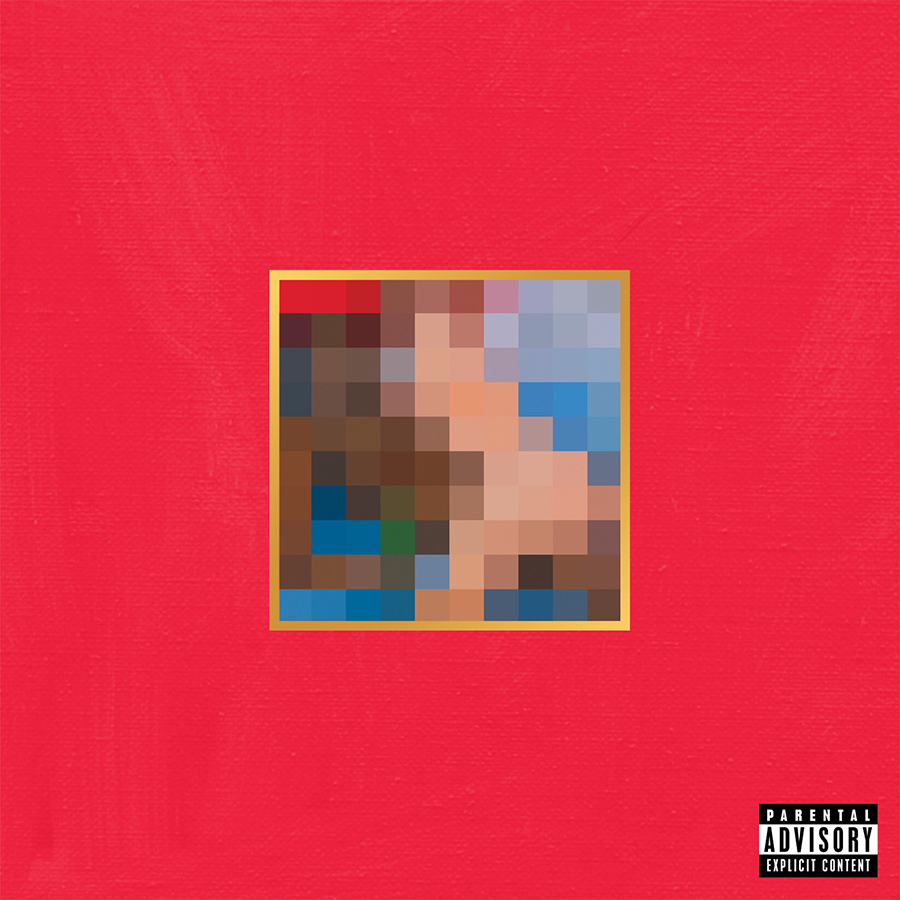
I’ve never been a huge Kanye fan, and his recent chaos makes you wonder. But when it came to art, he knew how to provoke. The blurred, censored cover felt dangerous and unhinged, a warning flare for everything to come. Disturbing, brilliant, and impossible to ignore.
The Replacements
Let It Be (1984)
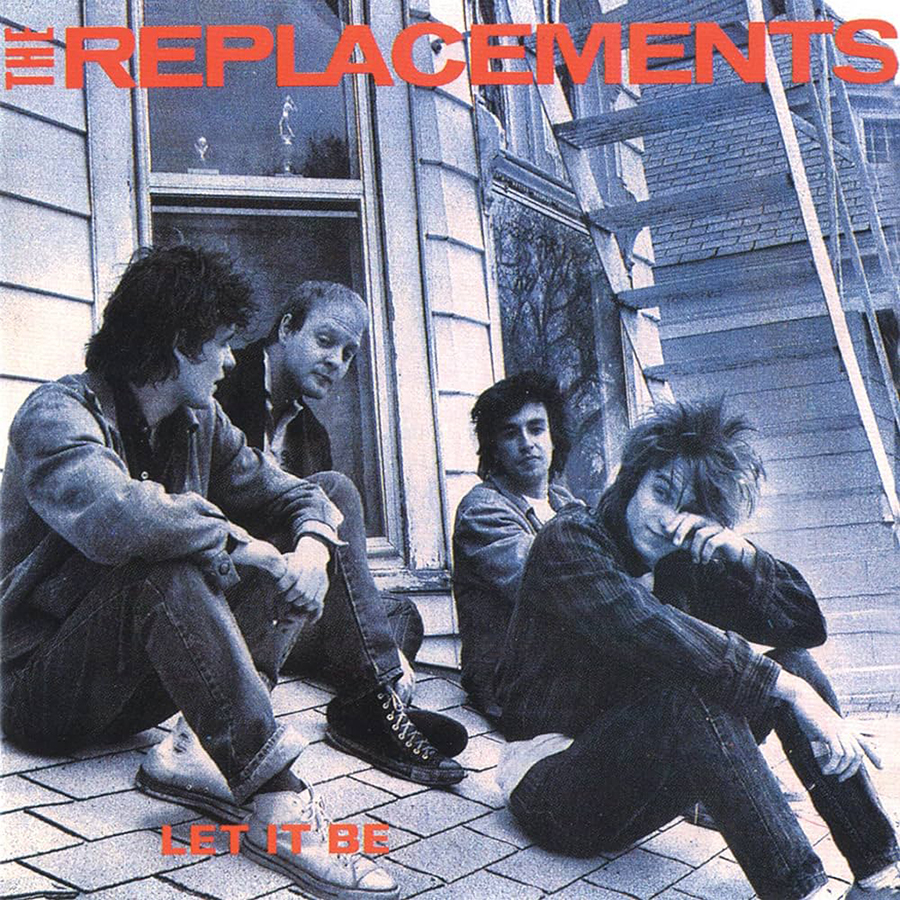
This cover is why anyone dreams of being in a band. Four guys on a rooftop, slouched in mismatched clothes, looking like they just woke up in last night’s outfit. It’s not about fame—it’s about the hang. The late nights, the inside jokes, the feeling that something great might happen if you just keep playing.
Bruce Springsteen
Nebraska (1982)
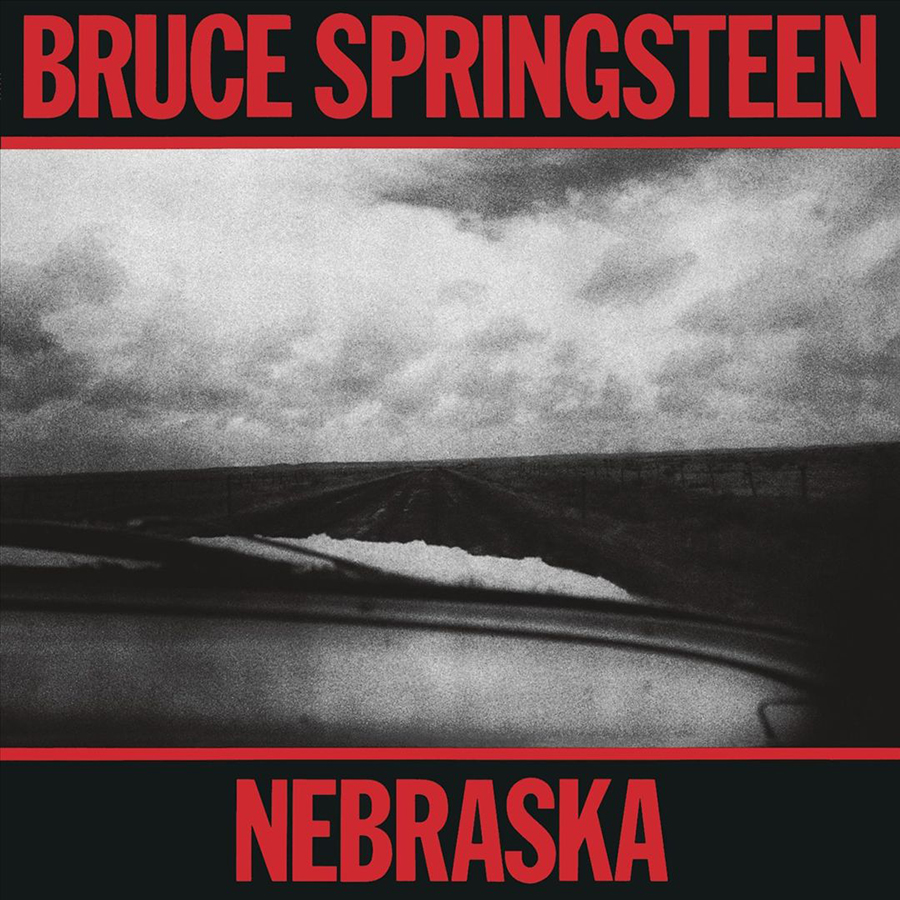
I’ve always loved driving, and this is driving music. A grainy black-and-white shot of the open road, no GPS, no cell phones—just following the sun and letting the album play straight through. Stark and simple, the image says it all: crossroads, possibility and the kind of solitude that makes the songs hit even harder.
Madonna
Like a Virgin (1984)
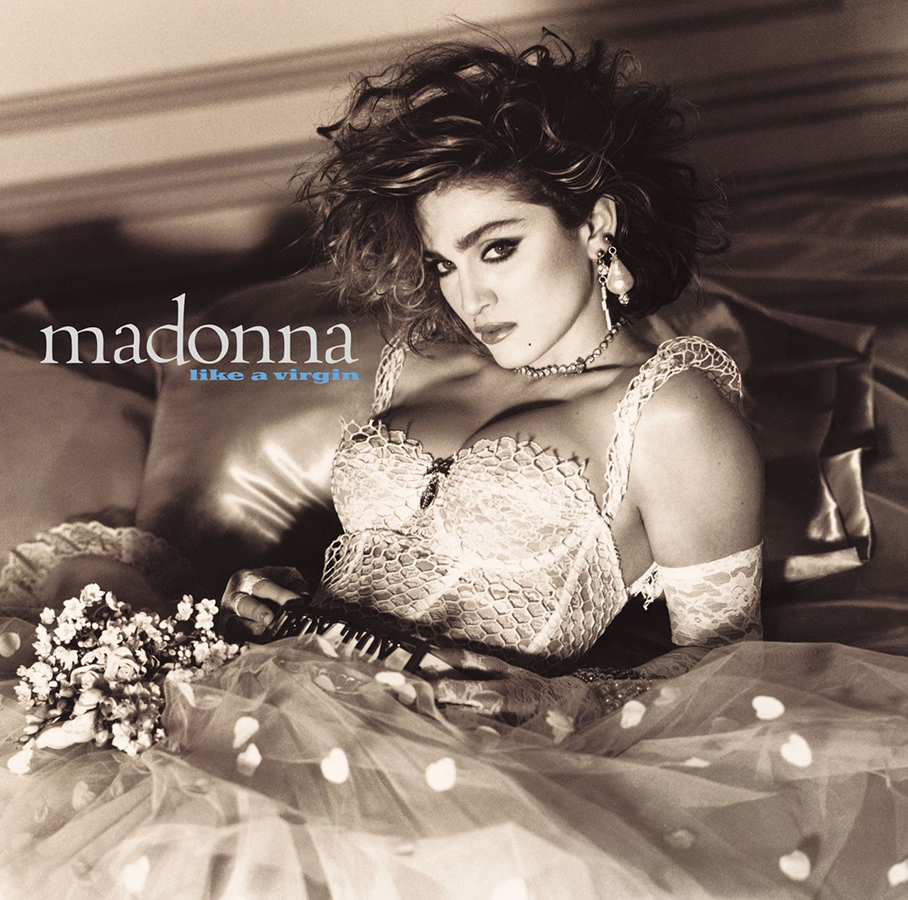
I was 15 at an all-boys school when this album landed, and I had no idea what Madonna looked like until I saw that cover. I’ll never forget it. Draped in lace and attitude, she was the promise of something completely outside of the walls of my life.
The Velvet Underground
The Velvet Underground & Nico (1967)
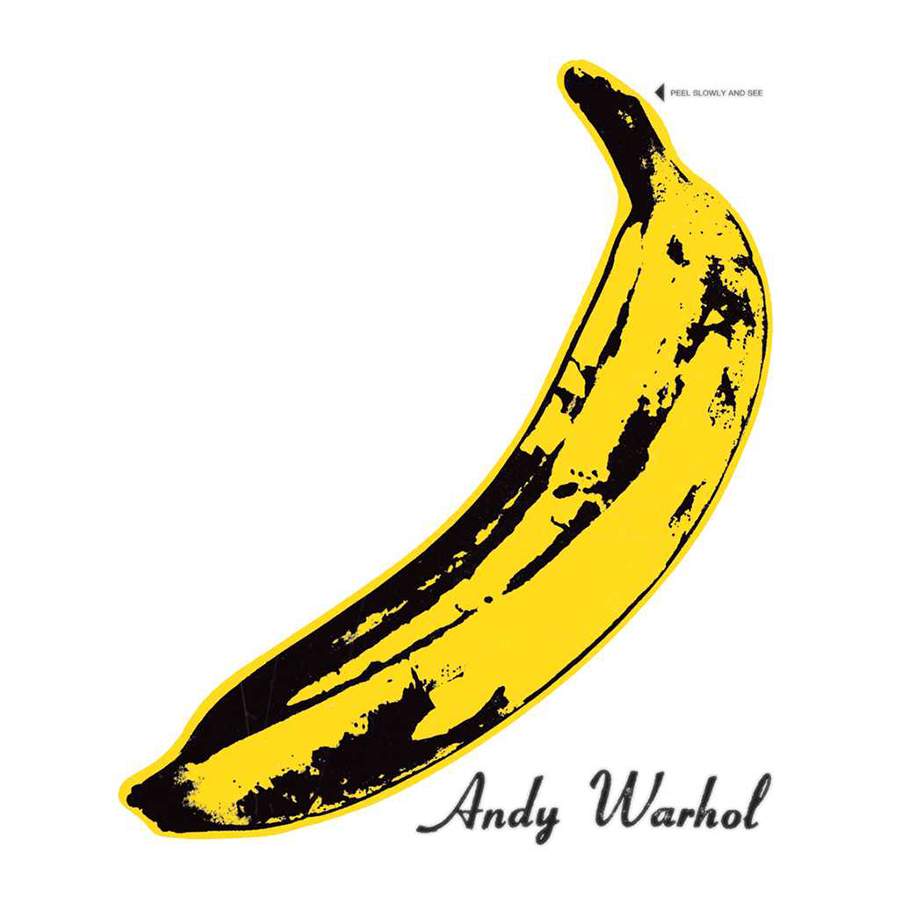
My girlfriend in college played this record constantly, and it always felt cooler than me. That simple banana carried a kind of underground swagger. In the middle of Ohio, it felt like holding a little piece of NYC in my hands.
Neil Young
Harvest (1972)
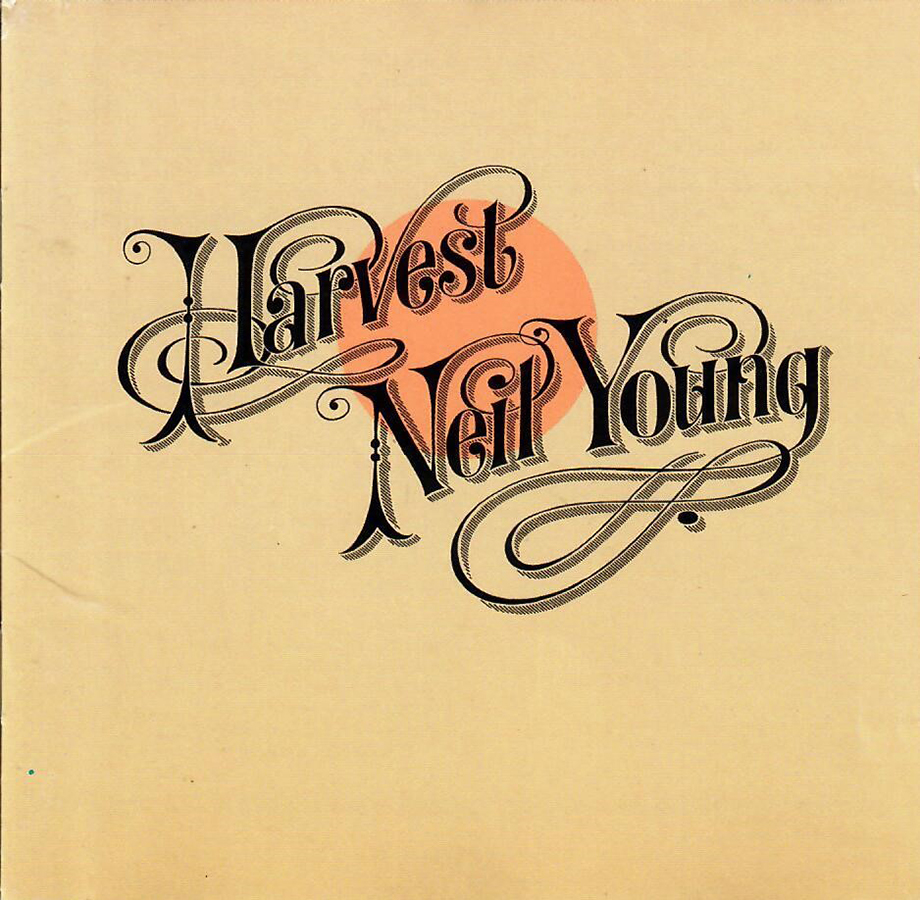
This cover is a perfect example of how type and design can excite me on their own. Just a warm, rustic script against a faded background, like a T-shirt I’d want to wear or a decal on a surfboard. No flash, no gimmicks. Authentic, just like Neil Young himself. It reminds you that it’s all about the music.
The 2026 Clio Music Awards are open! Enter your most creative work HERE by Oct. 3.
Art of the Album is a regular feature looking at the craft of album-cover design. If you’d like to write for the series, or learn more about our Clio Music program, please get in touch.



 Events
Events